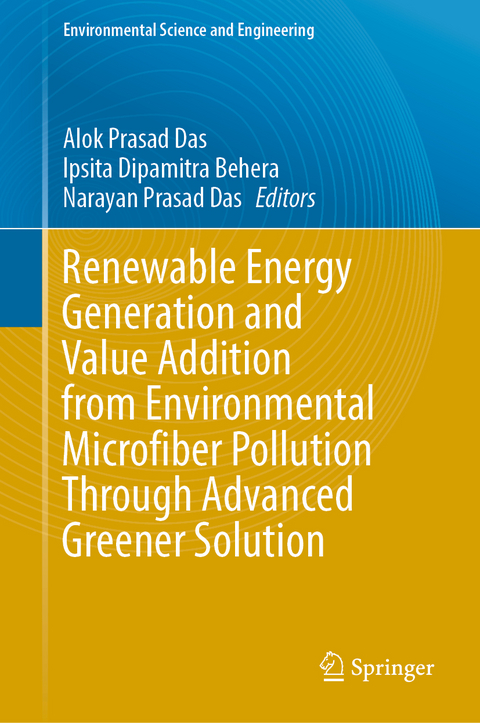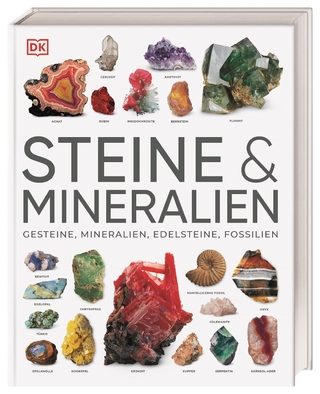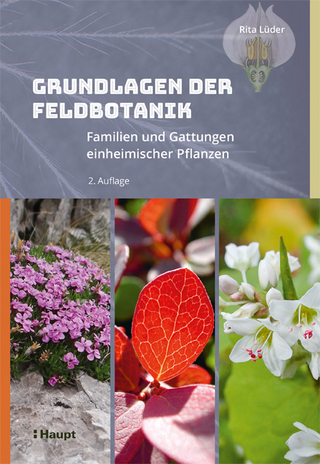
Renewable Energy Generation and Value Addition from Environmental Microfiber Pollution Through Advanced Greener Solution
Springer International Publishing (Verlag)
978-3-031-51791-4 (ISBN)
The majority of clothes we use regularly are made up of plastic-based materials like polyester, rayon, nylon, and acrylic. When these garments are washed in laundries, they give out tiny plastic fragments termed microfibers which end up in the environment and more precisely in the oceans. Plastic and synthetic polymer wastes which are often irresponsibly discarded into natural habitats undergo bio-fragmentation to give out huge amounts of microplastics and microfibers. Synthetic microfiber pollution has been reported in diverse ecosystems ranging from land and aquatic ecosystem to shorelines and seafloors. Due to the miniature size of the microfibers, it is difficult to detect, investigate, and prevent this type of pollution that is occurring on a larger scale. It is estimated that millions of tons of microfibers are released into the ocean from various sources. They are more toxic because they are more persistent and take a long time to degrade, and it gets accumulated in the environment along with other pollutants. This increases the chances of living organisms in the biosphere ingesting the synthetic microfibers causing harm to the ecosystem and entering into the food chain adversely affecting human beings. It had become a great field of research because of its abundance and the challenges in the identification of synthetic and semisynthetic microfibers from the environmental samples and the time it takes to be degraded. This book focuses on renewable energy generation and value addition from environmental microfiber pollution through advanced greener solution, thus building an economic supportable society as an elementary need of developing countries.
Dr. Alok Prasad Das: Is presently serving as Assistant Professor in Department of Life Sciences, Rama Devi Women's University, Odisha, India. He is an academician and author of several books, journal articles and Editorial Member of several reputed journals. He has more than 15 years of research experience. His area of expertise includes: wastewater treatment, environmental microbiology, environmental pollution and management, microplastic and microfiber pollution, bioremediation for sustainable solutions. He is the editor of several books. He has published more than 100 research and review articles in international journals of repute. He is an active lead guest editorial board member in top-rated journals. His current Google Scholar: Citations is 2790 and h-index 29. Dr. Alok Prasad Das is also listed in the world ranking of top 2 percent scientists for 2023, drawn up by Stanford University of USA on the basis of subject-wise analysis.
Dr. Ipsita D Behera is Assistant Professor, Department of Chemical Engineering, Indira Gandhi Institute of Technology, Saranga, Odisha, India. Her research is focused on development of bioremediation technology and process modernization in the area of petroleum waste management. She has published several research articles in leading and high impact journals of international repute. She is Academician and Author of several Journal articles. She has more than 14 years of teaching experience. Her area of expertise is environmental pollution control, petroleum hydrocarbon pollution, and its sustainable management.Dr. Narayan Prasad Das is Emeritus Scientist, Toxicology Department, State Forensic Science Laboratory, Odisha, India. His research is focused on aquatic pesticide pollution, its effect on aquatic species, and bioremediation technology. He has more than 20 years of research experience. His area of expertise is aquatic pesticide pollution and its impact on aquatic species, sustainable management of the environment pollutants.
1. Microfiber Sources, Characteristics, Environmental Impact, and Sustainable Remediation Process.- 2. Synthetic Microfibres: Sources, Fate, and Toxicity.- 3. Source, Transport, And Accumulation of Microfiber Wastes in The Environment.- 4. Identification and characterization of microplastic pollutants from the marine sediments of Paradeep coast of Bay of Bengal, India for their sustainable management.- 5. Characterization and quantification of Microplastics pollutants in sediment samples from the Daya River of the Odisha state in India for their appropriate Management.- 6. Synthetic Microfiber: An Enduring Environmental Problem Linked to Sustainable Development.- 7. Environmental Occurrence and Contemporary Health Issues of Micro Plastics.- 8. Synthetic Fabrics and Microfiber Pollution- An Assessment of Their Global Impact.- 9. Impacts of Microfiber Pollutants on the Global Ecosystem.- 10. A Critical Review of Marine Microfiber Pollution Routes, Toxicity, and its Sustainable Remediation.- 11. Sustainable Management and Advanced Techniques of Synthetic Microfiber Waste Through Circular Economy.- 12. Microfiber waste management and recycling with zero waste adaptation technology.- 13. Advanced and smart technology for sustainable management of Microfiber Waste
| Erscheinungsdatum | 28.02.2024 |
|---|---|
| Reihe/Serie | Environmental Science and Engineering |
| Zusatzinfo | VI, 278 p. 41 illus., 39 illus. in color. |
| Verlagsort | Cham |
| Sprache | englisch |
| Maße | 155 x 235 mm |
| Themenwelt | Sachbuch/Ratgeber ► Natur / Technik ► Natur / Ökologie |
| Naturwissenschaften ► Biologie ► Ökologie / Naturschutz | |
| Naturwissenschaften ► Geowissenschaften | |
| Technik ► Elektrotechnik / Energietechnik | |
| Schlagworte | Greener technologies • Microfiber Pollution • remediation • renewable energy • sustainable solution |
| ISBN-10 | 3-031-51791-1 / 3031517911 |
| ISBN-13 | 978-3-031-51791-4 / 9783031517914 |
| Zustand | Neuware |
| Haben Sie eine Frage zum Produkt? |
aus dem Bereich


